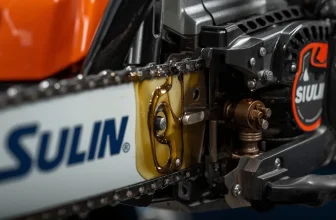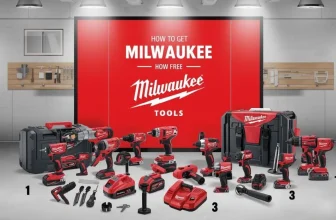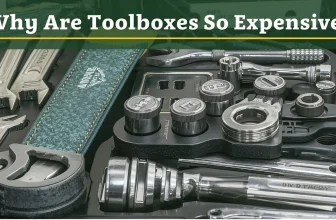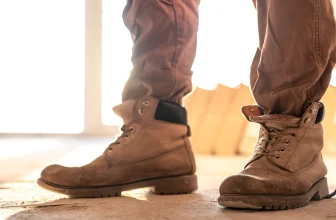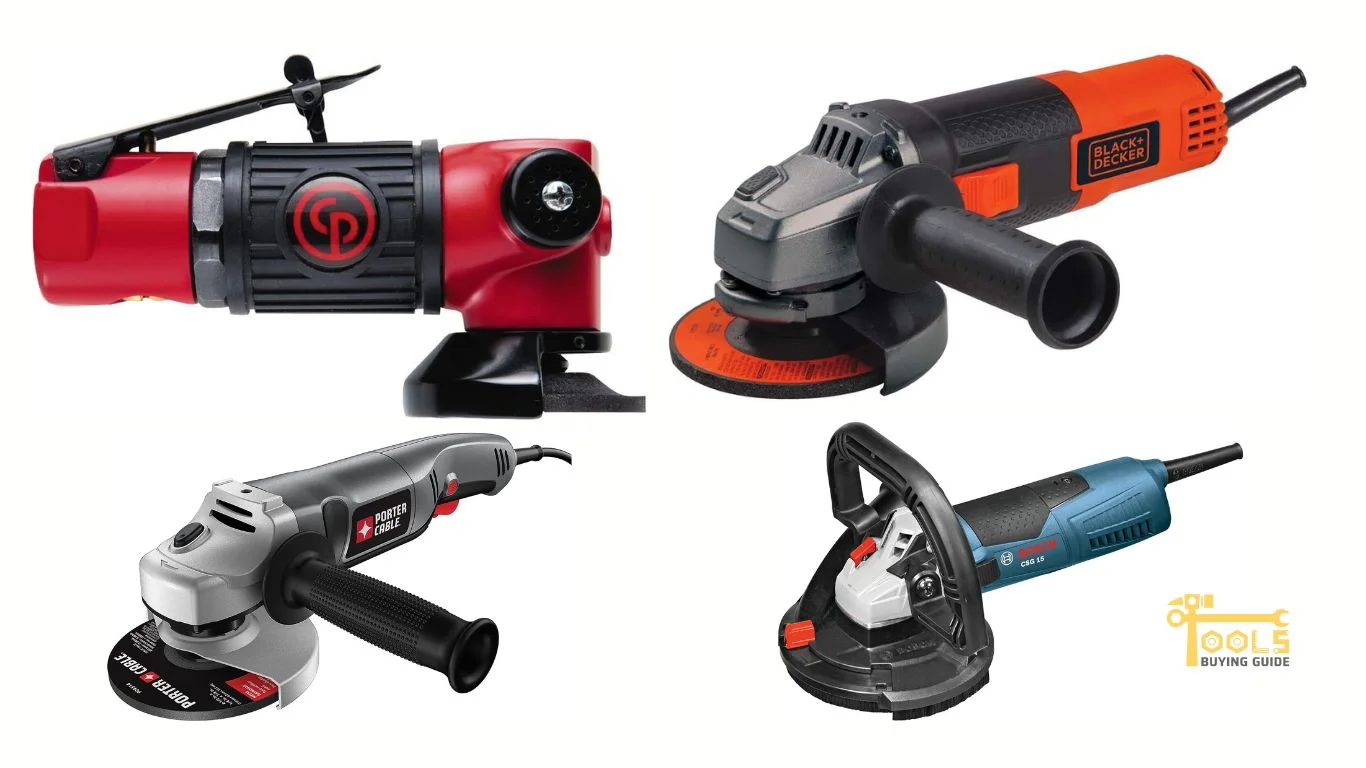
Construction projects often require the use of an angle grinder. Whether cutting tiles or general maintenance, an angle grinder can save time and effort. Cutting concrete, however, requires the right size angle grinder. To ensure your project is successful, you need to know what size angle grinder to use to cut concrete.
In this article, we’ll explore what angle grinder sizes are best for cutting concrete. We’ll also discuss the features of a quality angle grinder and tips for selecting the right model. Let’s start by looking at the common types of concrete-cutting projects.
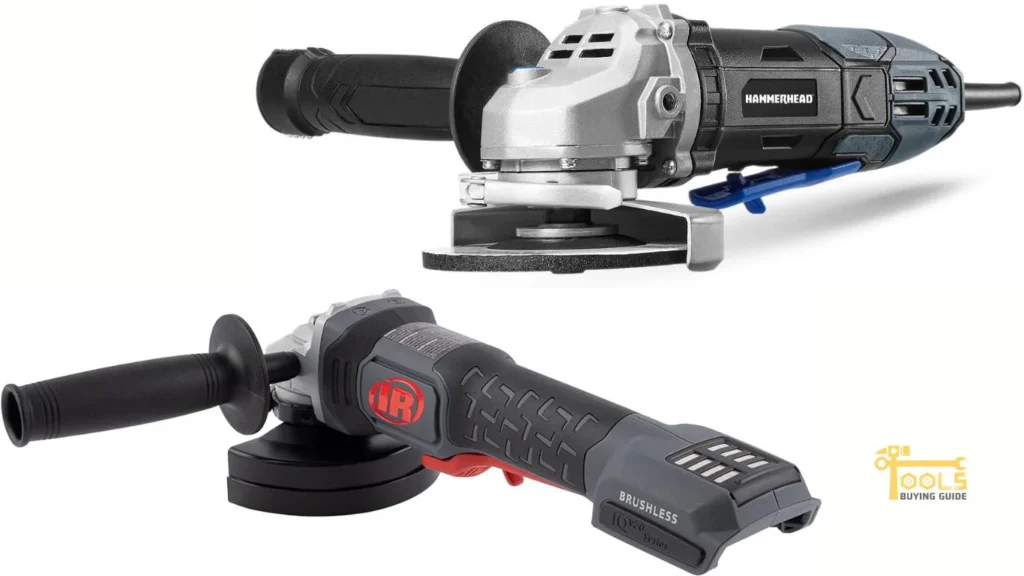
What is an Angle Grinder?
An angle grinder is a handheld power tool for cutting, grinding, and polishing. It features an electric motor and either a disk-shaped or cylindrical cutting blade. Angle grinders are often used in construction for cutting metal, concrete, and tile. You can use an angle grinder to cut curves, remove rust and paint, and sharpen bolts.
The motor of an angle grinder is rated in amperes or volts. A higher voltage motor will be more powerful and can handle heavier jobs. The size of the blade also determines the level of power and control you have over the tool. Larger angle grinder blades for concrete can cut faster, while smaller blades are better for precision.
Why Use an Angle Grinder to Cut Concrete?
Angle grinders are powerful and versatile tools for cutting through hard materials such as concrete, tile, and metal. They are most frequently used for cutting concrete slabs, blocks, and pavers. Angle grinders provide a quick and easy way to make precise cuts with minimal effort. Additionally, they can be used for grinding surfaces and cutting objects into shapes. Cutting concrete with angle grinder can also reduce the amount of dust and debris produced.
What Size Angle Grinder to Cut Concrete?
The size of the angle grinder you need will depend on the type of concrete cutting project you will be doing. The most common concrete cutting projects are concrete slabs, blocks, and pavers.
For cutting concrete slabs
Slabs are usually the thickest concrete form and require a powerful angle grinder to cut through. They also require a large blade size to cover the larger cutting area. For slabs, you should use an angle grinder with a blade diameter of at least 4.5 inches and an amperage of 15 to 20 amps.
The depth of the cut will also determine which size grinder you should use. If you’re making shallow cuts, a 4-inch grinder will suffice. However, for cuts above 2.5 inches, you’ll need an angle grinder with a blade diameter of 9 inches or more.
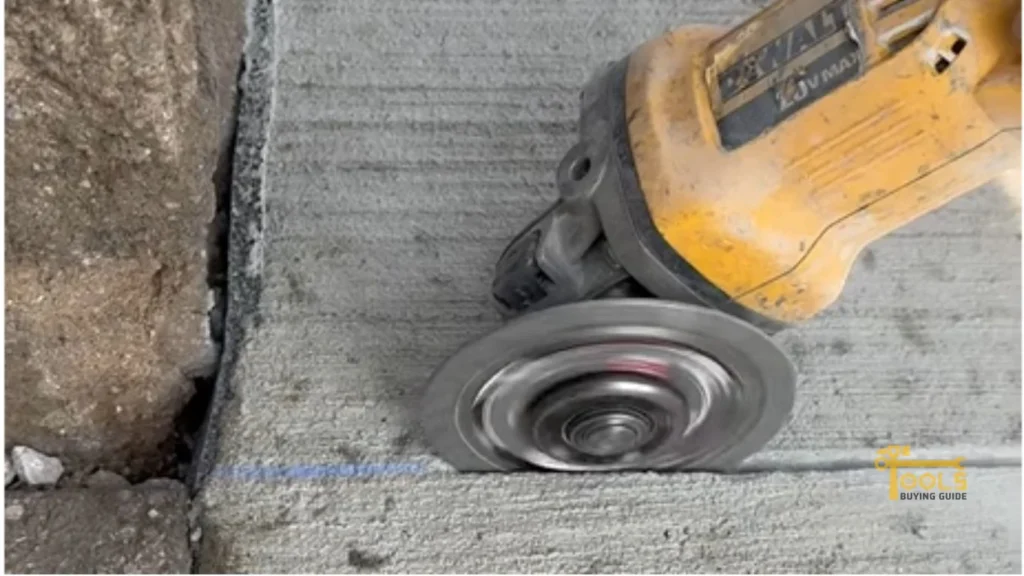
When choosing the right-angle grinder, you should also consider the speed of the motor. The faster the motor spins, the more precise your cuts will be. A 4.5-inch angle grinder with a motor speed of 11,000 RPM is a good choice for cutting concrete slabs.
Cutting concrete blocks
Concrete blocks can be thicker than slabs, so you’ll need an industrial-grade saw. Whether cutting soft or hard blocks, an angle grinder with a diamond blade is the best way. The blade should be at least 9 inches in diameter, and the motor should be at least 11 amps. The type of disc attachment is also important; diamond-tipped teeth will make the job easier and provide smoother, cleaner cuts.
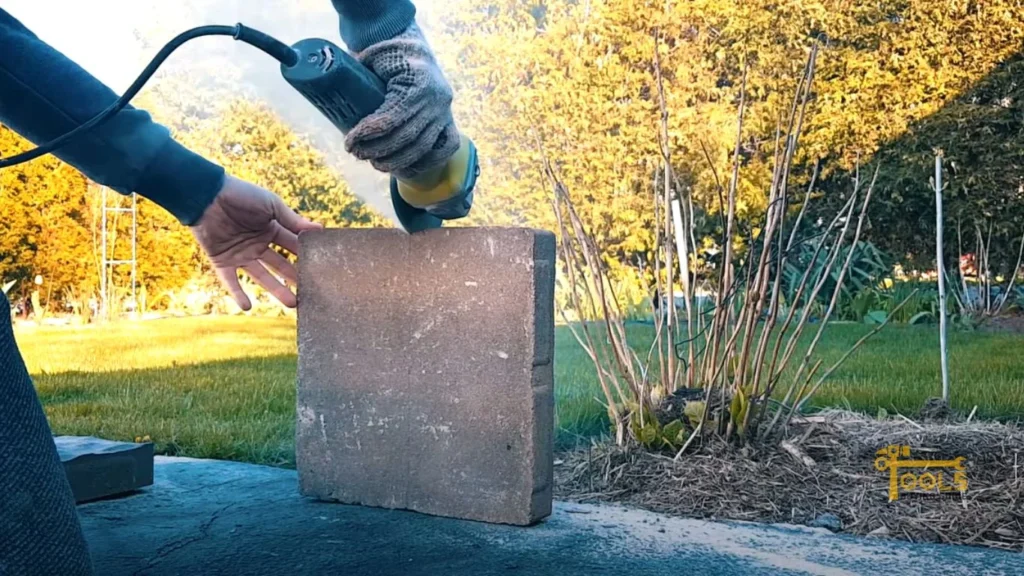
When concrete grinding with angle grinder, you should also consider the depth of your cut and the size of the blade. For shallow cuts, a 4.5-inch angle grinder and blade are suitable; for deeper cuts, you’ll need a larger disc attachment.
For cutting concrete pavers
Concrete pavers are usually thick and can be difficult to cut through. An angle grinder with a diamond blade is the best tool for this job. The blade should be at least 9 inches in diameter, and the motor should be at least 11 amps.
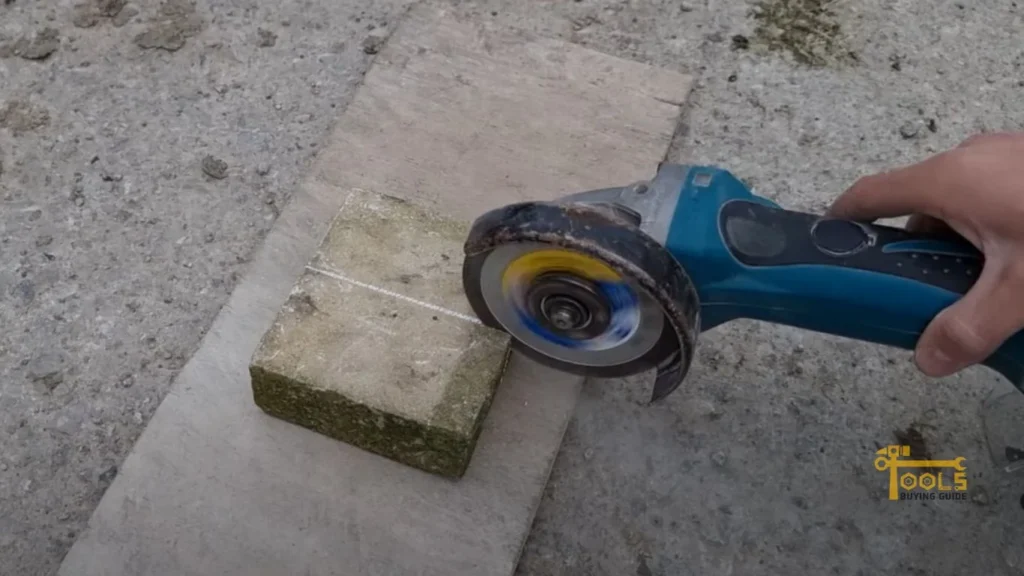
As with concrete blocks, you should use a diamond-tipped disc. For shallow cuts, a 4.5-inch angle grinder and blade are suitable. However, for deeper cuts, you’ll need to use a larger grinder blade for concrete.
Factors to Consider when Choosing the Right Angle Grinder
When selecting a best angle grinder for concrete grinding, you should consider a few factors.
Motor power
The higher the motor power, the more powerful the grinder will be. This will be beneficial for larger tasks and cutting through thicker concrete. Grinders come with motors ranging from 500 to 1800 watts, so you should choose the most suitable one for your project. This will give you the best possible control over your grinder and result in a better outcome.
With higher power comes more heat, so make sure your grinder has a motor cooling system to prevent it from overheating.
Type of disc attachment
The type of disc grinder for concrete is another important factor to consider. A standard angle grinder cutter will have a 5/8″ arbor shaft, but some grinders are available with a 3/4″ arbor shaft. A grinder with a 3/4″ arbor shaft will be able to handle larger discs, which will make it easier for you to cut through thicker materials. When looking for a disc attachment, ensure it is compatible with the arbor shaft size of your grinder.
Size of disc attachment
The disc size is also something to consider. Angle grinders come with discs ranging from 4.5” to 9”, so choose the right angle grinder size for your task. If you are cutting larger pieces of concrete, it will be better to use a larger disc, making it easier for you to get through the material.
Safety features
Safety should always be a top priority when working with angle grinders. Some grinders come with safety features, such as a dead-man switch. This will stop the motor automatically if it gets released. Others will have a no-volt release system which will cut off the power if there is an interruption in the power supply. Make sure you have all the necessary safety features to ensure your safety when operating the grinder.
Tips & Tricks for Cutting Concrete with an Angle Grinder
Wear protective gear
Safety should always be your priority when working with an angle grinder. Ensure you have the right protective gear, such as safety glasses, long sleeves, long pants, and work gloves. This will help protect you from flying debris or sparks from the grinder. You should also wear hearing protection to protect your ears from the loud noise the grinder produces.
Do a test run on scrap material
Before you start your project, do a test run on scrap material. This will help you gauge the power of the grinder and get a feel for how it behaves when cutting. It will also help you fine-tune your technique to achieve the best possible results.
Use the right disc
The type of disc you use can make a big difference in the outcome of your project. Make sure you are using a disc that is designed for cutting concrete, such as diamond blades or abrasive discs. This will ensure you get the best possible results and make your job easier.
Use water to minimize dust and heat
Using water when cutting concrete can help minimize the amount of dust created and also reduce the amount of heat generated. This will make your job easier and help keep you safe. You can use a spray bottle or hose to apply the water while cutting.
Make sure you have a good grip
When using an angle grinder, it is important to have a good grip on the tool. Make sure you have a firm grip on the grinder and that your hands are steady when cutting. This will help you control the tool and achieve better results. You can also use gloves for added grip and protection.
Start with a low speed
Low speed is best when using an angle grinder to cut concrete. This will help you keep better control over the tool and reduce the amount of dust created. You can always increase the speed if needed, but it is better to start with a lower speed and work your way up.
Mark the cut line
Before starting to cut, make sure you mark your cut line. This will help you track where to cut and ensure that you make a straight, accurate cut. You can use chalk or tape to mark the line on the concrete.
Use an even steady pressure
When cutting with an angle grinder, it is important to keep your pressure steady and even. Aim for a slow, consistent speed that is comfortable for you to maintain. To make a straight cut, the blade should be kept level and pushed forward in a controlled motion. This way, you will get a neat, clean cut.
Let the disc do the work
When using a concrete angle grinder, it is important to let the disc do the work. Don’t try to force or rush the process, as this can cause friction which can cause the disc to overheat and wear out faster. Let the grinder take its time, and it will do a better job cutting through the concrete.
To cut concrete with angle grinder is a great way to finish the job quickly and efficiently. By following these tips and tricks, you’ll be able to get the best results from your grinder and ensure that you stay safe while doing it.
Frequently Asked Questions
If you want to cut through concrete, an angle grinder is the tool for you. Generally, a 4-1/2-inch or a 5-inch angle grinder is the ideal size for most home projects. Make sure you get one with enough power (measured in amps) to get the job done.
A 4-inch angle grinder is generally powerful enough to cut through concrete up to 2 inches deep, but it depends on the hardness of the material and how well you use it. For deeper cuts, you may need to invest in a rather beefy grinder with higher horsepower.
The best blade for cutting concrete is a diamond-tipped blade. It’s extremely durable and can easily cut through most types of concrete, though it can be expensive. If you don’t want to drop the cash for a diamond blade, a concrete cutting wheel for grinder is a great alternative that will still get the job done.
A 180mm angle grinder can typically cut through concrete up to 4 inches deep. However, this depends on the hardness of the material and how well you use the tool. It’s always best to start with a shallow cut and work deeper for optimum results.
If you’re looking to cut through bricks, then a 4-1/2 inch or 5-inch angle grinder is the ideal size for most projects. Make sure it has enough power (measured in amps) to get the job done. You’ll also need a masonry blade for the job.
Conclusion
If you’re looking for an angle grinder to cut concrete, it’s best to use a larger size. A 4 to 5 inch wheel diameter is ideal for most concrete cutting applications. Remember that when using a larger grinder, you’ll need an appropriately sized dust collection system.
Safety is paramount when using any power tool, so ensure you’re well-equipped with the right safety gear. With the right tools and knowledge, you’ll be able to get your project done with ease! Good luck.


